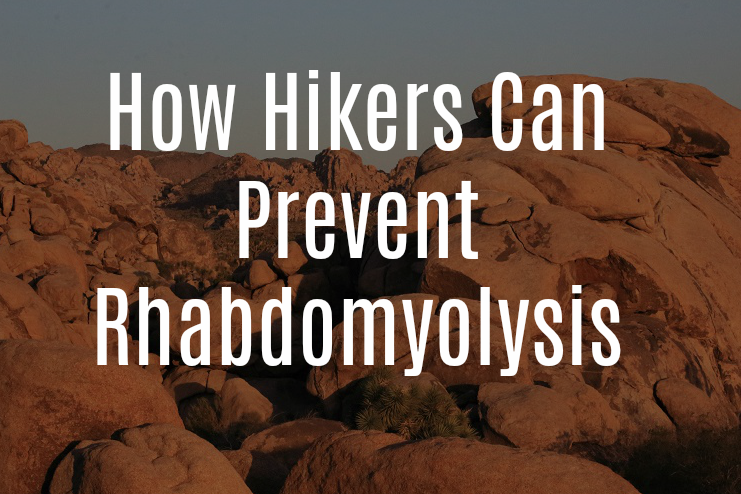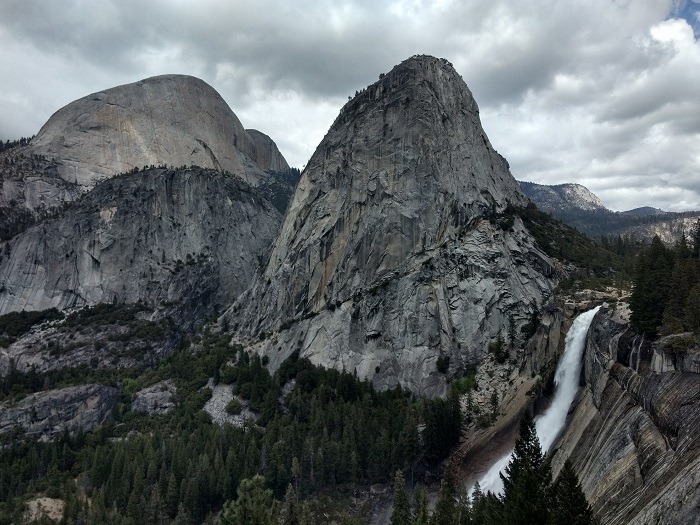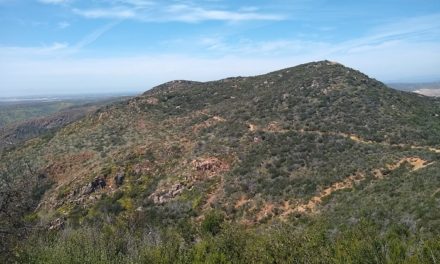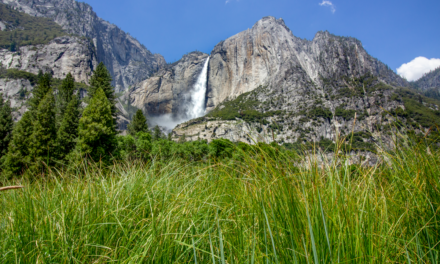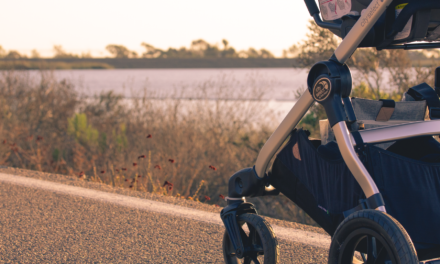I recently touched bases on something that isn’t too well known in the hiking community called Rhabdomyolysis (rhabdo). Rhabdo is something that is caused by an overexertion that can cause muscles to break down. The breakdown of muscle can cause some pretty serious long term complications including kidney failure and even death. The good news is, there are things that hikers can do to prevent and reduce their risks of getting rhabdo.
How Hikers Can Prevent Rhabdomyolysis
If you missed my first article on rhabdo which was a simple breakdown on what hikers need to know, let’s do a little recap:
What Hikers Need To Know About Rhabdo Basics
- Rhabdo is the breakdown of muscle tissue in the body.
- Some things that can contribute to rhabdo is hiking above your physical ability, extreme heat and cold, dehydration, drugs and alcohol.
- The broken down muscle cells are toxic to the kidneys and can cause kidney failure and death if not treated.
- There are many signs of rhabdo including muscle failure, muscle swelling, coke colored urine, no urine output, flank pain, confusion, and more.
For a more in depth look on how rhabdo is caused, things that can put a person at risk for rhabdo, and the signs and symptoms of rhabdo, please check out the first article in this series. Now let’s focus on how rhabdo will be treated or how hikers can prevent rhabdomyolysis.
Rhabdomyolysis Prevention For Hikers
Rhabdo can be a pretty serious thing and it’s something that every hiker should be aware of. When it comes to preventing rhabdo, self-awareness and proper planning can really go a long way. These are some major was that rhabdo can be prevented.
Physical Activity
Acclimate yourself accordingly. Nobody climbs Mount Whitney their very first hike. I’m a huge proponent of being aware of your hiking levels. Physical activity outside of your normal activity levels are a big risk factor for causing rhabdo. For difficult hikes, doing training hikes or increasing your physical capabilities are always a good idea.
Feed Your Body
Hiking within your physical capabilities is just one component. Feeding your body accordingly is another huge component to preventing rhabdo for hikers. For difficult hikes, your body will need energy to keep those muscles working with adequate ratios of protein, carbohydrates, and fat (these ratios can be different for every person). Your body is also going to need precious salts like potassium and sodium to help keep your muscles contracting. Failure to meet the energy demands of your muscles while hiking can increase the risks of rhabdomyolysis while hiking.
Water
This goes without saying but drink water! Not enough water can cause dehydration and is your muscles and kidneys worst nightmare. However, don’t go overboard. More water is not necessarily better when preventing rhabdo. You need electrolytes too. Like I mentioned above, sodium and potassium are crucial to your cells working to have your muscles contract.
Know Your Climates
In addition to knowing what kind of hiker you are, I’m a big fan of knowing what kind of weather and trail you’re going to be hiking in. Plan accordingly! If you’re going to be hiking in the heat on a mostly exposed trail, plan to bring extra water, food, and wear appropriate clothing. The same can be said for cold climates as well. With any type of hike that can cause more physical exertion, the more you should prepare for what you might need.
Avoid Drugs and Alcohol
Known illicit drugs like heroin, methamphetamine, PCP, ketamine, or cocaine can put a person at risk for getting rhabdo. Alcohol is also a known risk factor for putting a person at a higher risk. Drugs and alcohol can cause electrolyte imbalances and muscle excitability that can lead to the risk.
Rhabdo Story:
I work in a busy emergency room in eastern San Diego. During the hotter months it’s not uncommon for us to see patients who were diagnosed with rhabdomyolysis. What I can tell you that more times than not their specific risk factors were overexerting themselves above their hiking ability and not preparing with enough food or water – especially when temperatures are hotter. During some of the spring months it’s not uncommon to get some hikers doing the Pacific Crest Trail come in for rhabdo. Often times they do too much hiking in too little time along with dehydration and failure to eat properly. The moral of the story for preventing rhabdomyolysis in hikers is to prepare properly! Don’t let poor planning ruin your fun!
In the next post in this series on hiking and rhabdomyolysis I’ll be talking about specific treatments once an official diagnosis is made.
Have you ever had rhabdo from hiking? Please share your story below.
http://yourlivingbody.com/2014/08/11/preventing-treating-rhabdomyolysis-athletes/

